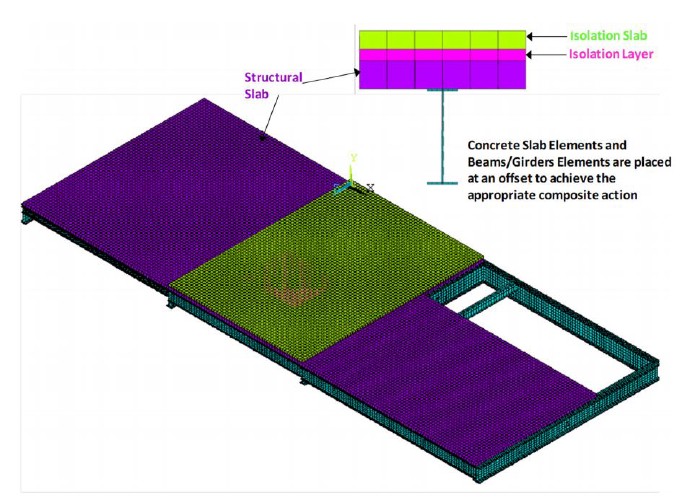
Vibrations Serviceability of a Medical Facility Floor for Sensitive Equipment Replacement: Evaluation with Sparse In-Situ Data

Vibrations Serviceability of a Medical Facility Floor for Sensitive Equipment Replacement: Evaluation with Sparse In-Situ Data
Abstract
Vibrations serviceability of building floors has been a growing concern over the years. For steel-framed systems, vibrations serviceability checks often govern the structural design. When the floor is carrying vibration-sensitive equipment, vibrations serviceability evaluation is more critical because the serviceability on the floor involves the use of expensive equipment generally related to human health (patient rooms, operating rooms, medical laboratories, etc.) This article summarizes a study in which a new (replacement) magnetic resonance imaging (MRI) unit with a weight of 8.6 t (19,000 lb) was to replace a heavier MRI unit weighing 37.2 t (82,000 lb) on an elevated floor of a medical facility. Although the dynamic characteristics of the floor would change with this drastic load difference on the bay, the vibration response of the floor for nearby footfall excitations was also expected to change. This brought up the question of whether the footfall-induced excitations would pass the maximum acceleration limit set by the manufacturer of the replacement MRI unit. The authors were provided with in situ vibration measurements collected when the old MRI unit was in place and were asked to decide if the footfall-induced excitations around the replacement unit would exceed its manufacturer criteria. Sparse in situ vibration measurements of the old MRI configuration were used to calibrate a detailed finite-element model that was later used to predict the footfall response for the replacement MRI unit configuration. The predicted accelerations were then compared with the manufacturer’s limiting accelerations for the replacement MRI unit. It was determined that the accelerations estimated for the replacement unit were not more than the manufacturer’s limiting criteria.